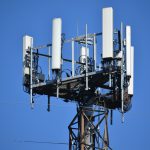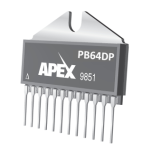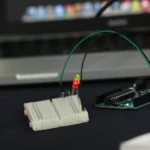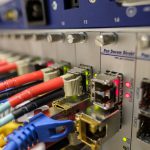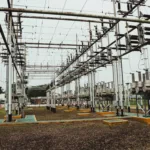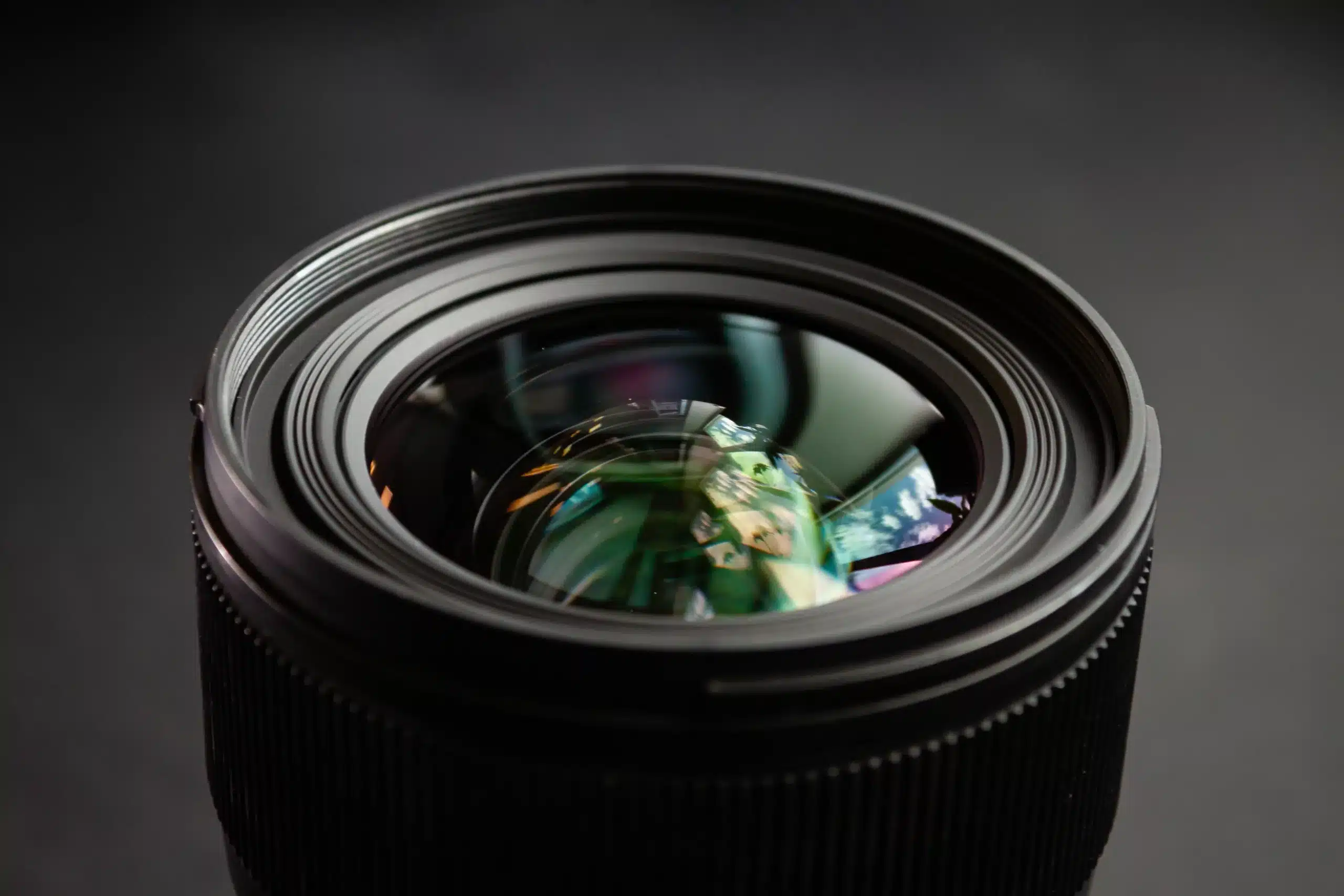
Introduction
Optical liquid analysis is a vital aspect of various industries that involve measuring different liquid properties, such as concentration, turbidity, pH, and colour, using optical sensors. To further enhance the accuracy and versatility of liquid analysis, integrating multimodal sensors has recently gained robust popularity. This article delves into the concept of multimodal sensor prototyping for optical liquid analysis, its significance, crucial steps, and potential applications in multiple industrial settings.
Understanding Optical Liquid Analysis and Multimodal Sensors
Traditional methods of liquid analysis involved tedious and time-consuming laboratory procedures. However, technological advancements have introduced optical sensors that use light to detect and measure various liquid properties–called optical liquid analysis. Also called optical spectroscopy or optical liquid sensing, optical liquid analysis involves the light interaction with the liquid sample to obtain information about its composition, concentration, and other relevant characteristics. These properties are typically converted into electronic signals to be analysed and processed digitally.
Multimodal sensors refer to a class of sensors that have the capability to capture data from multiple sources or modalities simultaneously. By combining data from different modalities, such as visual, auditory, or tactile inputs, multimodal sensors provide a more comprehensive and nuanced understanding of the environment or a particular situation.
The Need and Significance of Multimodal Sensors
While single-mode optical sensors have significantly improved liquid analysis, they still have limitations regarding measuring multiple properties simultaneously. This drawback necessitates the development of multimodal sensors to assess several fluid properties concurrently. By integrating different sensing modalities into a single device, researchers and industries can achieve more comprehensive and accurate data with reduced costs and complexity.
Key Components of a Multimodal Sensor
A multimodal optical liquid analysis sensor typically comprises several key components, such as:
- Light Source – A light source like an LED or laser emits light into the liquid sample. The light characteristics, such as wavelength and intensity, depend on the measured property.
- Optical Path – The light passes across an optical path, which may include lenses, filters, and other optical elements. These components help control and focus the light for efficient interaction with the liquid.
- Liquid Cell/Cuvette – The liquid cell or cuvette is designed to hold the liquid sample and allows the light to pass through it. The liquid properties affect how the light behaves and is used for analysis.
- Photodetector – It measures the light transmitted or reflected by the liquid and converts it into an electrical signal for further analysis and processes.
- Data Processing Unit – The data processing unit processes the electrical signals from the photodetector, which can be an onboard microcontroller or a connected computer. The unit interprets the signals to determine the liquid’s properties.
- Display and Output – The liquid analysis outputs are displayed on a screen or sent to external devices for further analysis and recording.
Using Multimodal Sensors in Optical Liquid Analysis: Exploring Potential Advantages
Using multimodal sensors in optical liquid analysis offers several significant advantages, such as:
- Consistent Measurements: With a single multimodal sensor, multiple liquid properties can be measured concurrently, thus saving time and resources.
- Improved Accuracy: By cross-referencing data from different sensing modalities, the accuracy and reliability of the analysis are enhanced.
- Compact Design: Multimodal sensors are compact, making them suitable for portable and field applications.
- Cost-Effectiveness: Instead of purchasing and maintaining separate single-mode sensors, a multimodal sensor offer cost-effectiveness by integrating multiple characteristics in a single package.
- Versatility: These sensors can be adapted for various liquid analysis applications, such as water quality monitoring, chemical analysis, and food safety, making it a multipurpose measuring device.
Creating Optical Liquid Analysis Prototyping Using Multimodal Sensor: Crucial Steps
Creating an advanced optical liquid analysis system can be a complex task that requires specialised knowledge and skills in optics, electronics, and software development. Making an optical liquid analysis prototype using a multimodal sensor involves various crucial steps, including:
- Defining Objectives: The first and foremost step is to determine the specific parameters to analyse in the liquid, such as pH, dissolved oxygen, turbidity, colour, or specific chemical concentrations.
- Sensor Selection: Choose the appropriate multimodal sensor with the ability to determine the range of parameters to analyse. Common optical sensors used in liquid analysis include photodiodes, phototransistors, spectrometers, and fluorescence sensors.
- Light Source Selection: Once the specific sensor is chosen, the next step is to determine the light sources, such as LEDs, lasers, or broadband light sources. The light source should be selected based on the desired wavelength and intensity required for the measurements.
- Optical Path Design: Design an optical path for passing the light through the liquid–using cuvettes or other transparent containers to hold the liquid and allow light interaction.
- Signal Conditioning and Amplification: Depending on the sensor output, you might need signal conditioning circuits or amplifiers to process the sensor signals effectively.
- Data Acquisition System: Set up a data acquisition system to capture the sensor outputs. This can be achieved using microcontrollers, data loggers, or dedicated data acquisition cards connected to a computer.
- Calibration and Validation: Calibrate the system using known standards to ensure accurate measurements. Validation involves comparing the measurements from your system with reference methods or commercially available instruments.
- Software Interface: Develop software to control the system and display the results. The software should handle data processing, calibration, and visualisation.
- Components Integration: Assemble all the components into a functional prototype. Ensure proper alignments and connections.
- Testing and Optimisation: Test the prototype with different liquid samples and optimise the system for better accuracy and reliability.
- Documentation: Document the entire prototyping process, including the system design, components used, calibration methods, and performance characteristics.
Note:Keep safety in mind during the prototyping process, especially when working with lasers, high-intensity light sources, or hazardous liquids.
Potential Applications of Multimodal Sensors in Liquid Analysis
Multimodal sensors offer extensive liquid analysis applications in various settings, including:
- Wastewater Treatment: Multimodal sensors are significant in wastewater treatment plants by monitoring and controlling various parameters and nutrient levels.
- Oil and Gas Industry: In given sectors, multimodal sensors can determine the composition, purity, and potential contaminants in these liquids, assisting in efficient refining and drilling processes.
- Environmental Monitoring: Multimodal sensors can monitor water bodies for real-time assessment of water quality, including pH, turbidity, and chemical pollutants.
- Pharmaceutical and Biotechnology Industry: In pharmaceutical manufacturing and biotechnology, multimodal sensors can monitor critical parameters during drug formulation, fermentation processes, cell cultures, and quality control.
- Food and Beverage Production: Multimodal sensors ensure the consistency and safety of food and beverages, assessing parameters like colour, turbidity, and chemical composition.
- Chemical Processing: Multimodal sensors can optimise chemical processes, ensuring precise control of reactants and monitoring intermediate products.
- Agriculture and Irrigation: In agriculture, multimodal sensors can help analyse soil moisture levels and nutrient content in irrigation water, leading to more efficient crop management and water conservation.
- Petrochemical Industry: Multimodal sensors can aid analysis of various liquid chemicals in the petrochemical industry. They can measure viscosity, density, temperature, and chemical composition, enabling better process control and optimisation.
- Energy and Power Generation: Multimodal sensors find applications in power plants, analysing the properties of cooling water, boiler feedwater, and steam. By continuously monitoring key parameters, plant operators can optimise energy production and prevent equipment failures.
Final Remarks and Future Prospects
Integrating multimodal sensors in optical liquid analysis has revolutionised how industries and researchers measure and monitor liquid properties. Making optical liquid analysis prototyping can be easily achieved using bespoke sensors. By simultaneous measurements of multiple parameters, these sensors offer improved accuracy, cost-effectiveness, and versatility, making them a multipurpose and preferred choice for process optimisation and enhanced productivity. As technology evolves, it is expected to develop even more sophisticated multimodal sensor prototypes, further enhancing liquid analysis across diverse domains.








